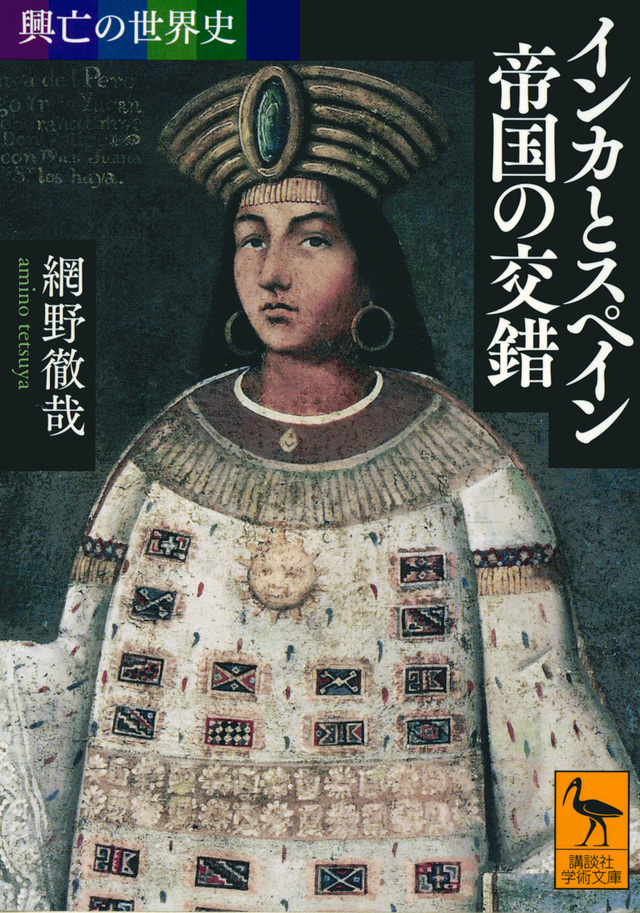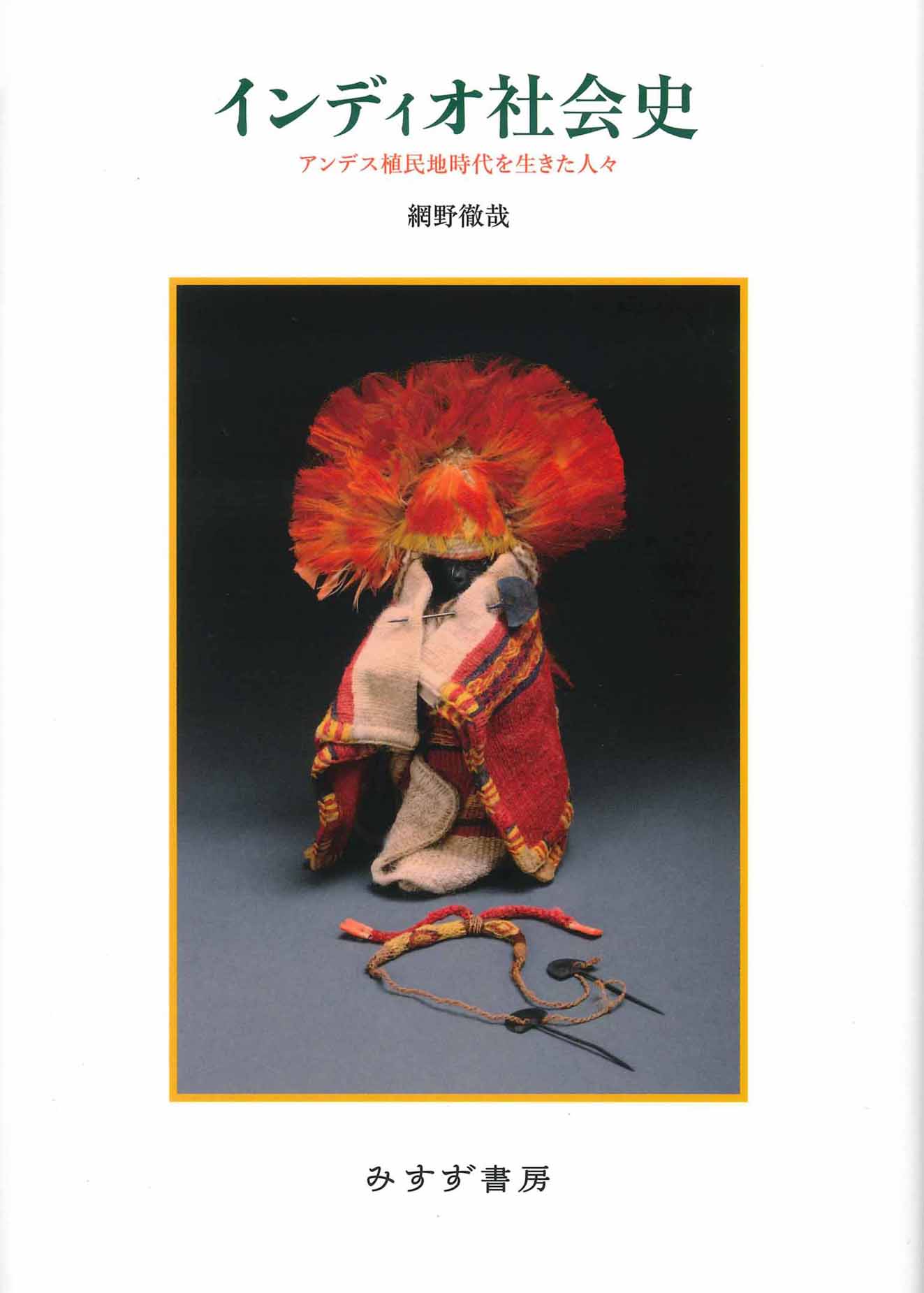
Title
Kodansha Academic Library Inca to Spain (Inca and Spain: Confluence of Empires)
Size
400 pages, A6 format
Language
Japanese
Released
November 11, 2018
ISBN
978-4-06-513731-4
Published by
Kodansha Ltd.
Book Info
See Book Availability at Library
Japanese Page
This is a paperback version of a book that was published in 2008 as part of the series “World History of Rise and Fall.” The postscript in the paperback version delves into the details of how this book came into being—for those who are interested in it. In retrospect, it was rather a “path-breaking” attempt to create connections and write about a society that had experienced two distinct realms of the world history—namely, the Inca Empire and the Spanish Empire—in the context of the first era of globalization, the “Age of Discovery.”
I specialize in the history of the Inca Empire, and research into the historical changes among the Andean indigenous peoples after the Spanish conquest. However, the editorial team of the series requested me to write about the Andean world in connection to the history of the Spanish Empire across the Atlantic Ocean. Needless to say, I am a layperson in regard to Spanish history. However, as I very much enjoyed studying it, I spent days devouring a mountainous pile of the latest literature on medieval and the early modern Iberian history, without having any idea where I was headed to. For a long time, the thread connecting the histories of two empires did not emerge. However, I eventually came across a semblance of it as my understanding deepened through study. I started to realize that Jews—who had to suffer severe persecution as a religious minority in the Iberian Peninsula, from where they were eventually expelled and scattered all around the world—had, across the Atlantic Ocean, ventured deep into the Andean world and left their mark on its history. Through the portrayal of Jews, I began to see the history of the Andes in a different light.
I would like to believe that by decoding the ancient records produced by the confluence of two empires, my depiction, though unconventional, created a new historical account and revealed the historical changes among people. In addition to the Jews—many of whom sailed across the seas; the book also reflected on women, who despite being at the bottom of society were engaged in a rich cultural life through the use of their magical abilities; and the descendants of the Inca Empire, who continued to revive their own traditions even after the conquest.
Sometime after this book was first published, Hidefuji Someda, an authority in the study of the Andean history, wrote a very gracious review: “From my limited perspective, it is not an exaggeration to say that in this field, at a global level, there are not many books of this kind, which analyzes and reveals developments of the multilayered Andean society and changes in the Andean mentality by surveying a long span of about 400 years, even creating a close link to the Spanish history and featuring perspectives of the socially vulnerable groups who had long been excluded from the mainstream history.” However, the flip side of his comment—there are not many books of this kind—may also imply that the book’s attempt to converge the histories of two empires across the Atlantic Ocean was reckless and risky. Though it has been more than ten years since the book was published, I still feel as if I am breaking out in a cold sweat when I reread it, wondering how I had the nerve to do what I did—narrating a historical account from an entirely different perspective.
(Written by AMINO Tatsuya, Professor, Graduate School of Arts and Sciences / 2019)
Related Info
[興亡的世界史] 印加與西班牙的交錯─從安地斯社會的轉變,看兩個帝國的共生與訣別』 (八旗文化、published in Dec, 2018)
https://www.bookrep.com.tw/?md=gwindex&cl=book&at=bookcontent&id=13291



 Find a book
Find a book


